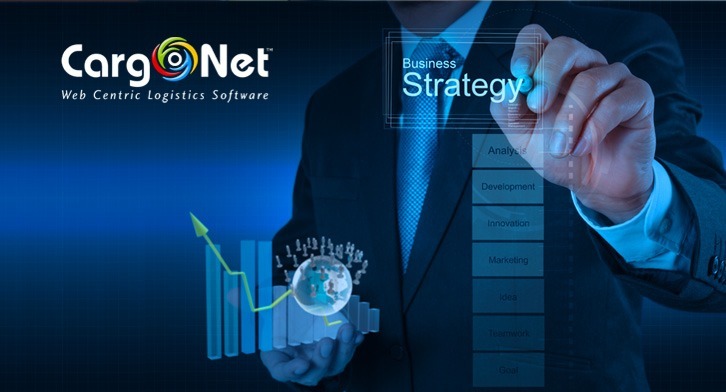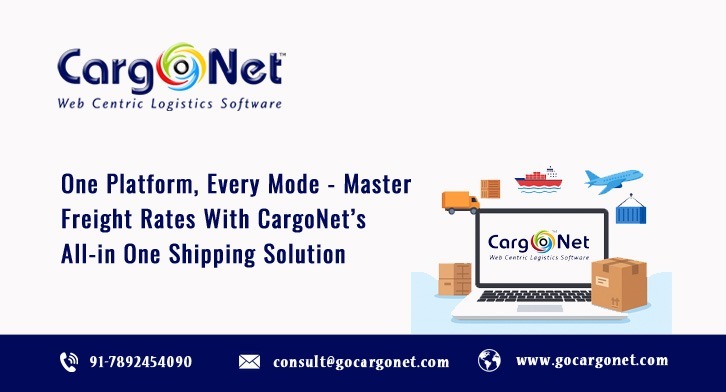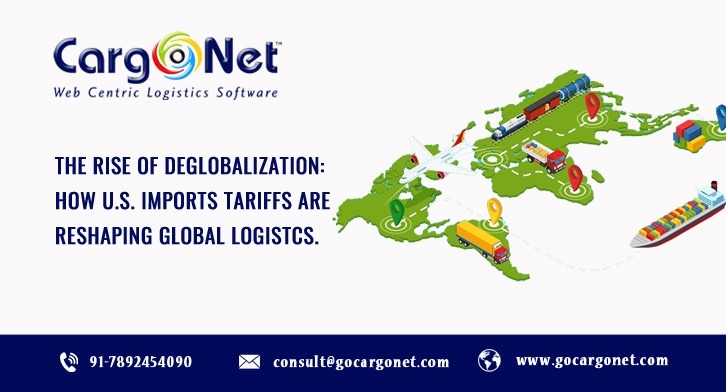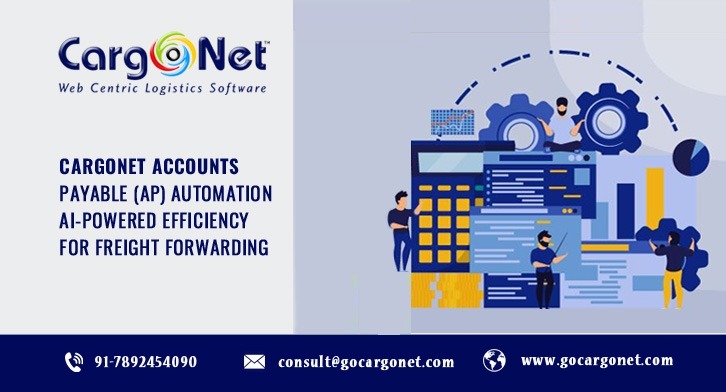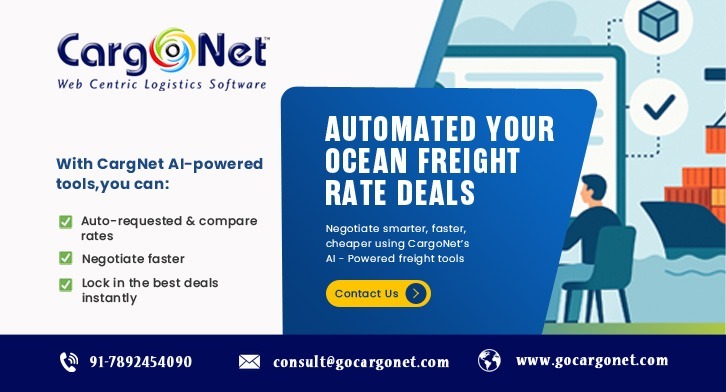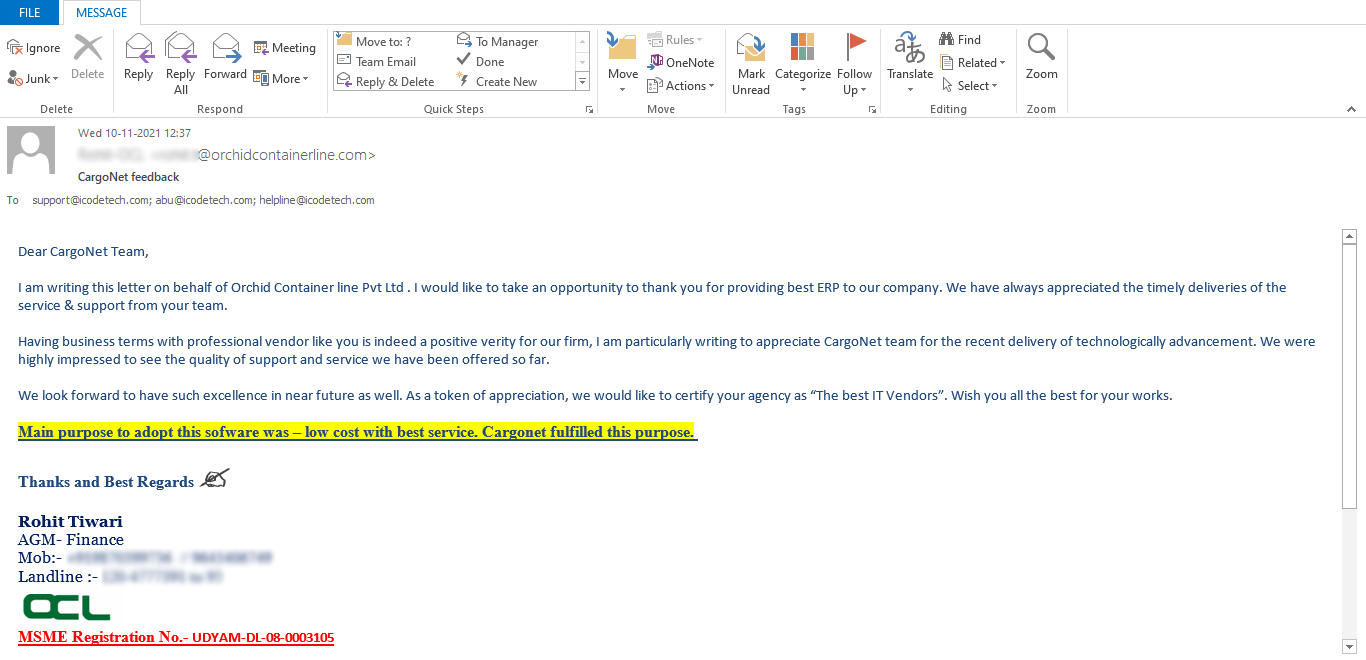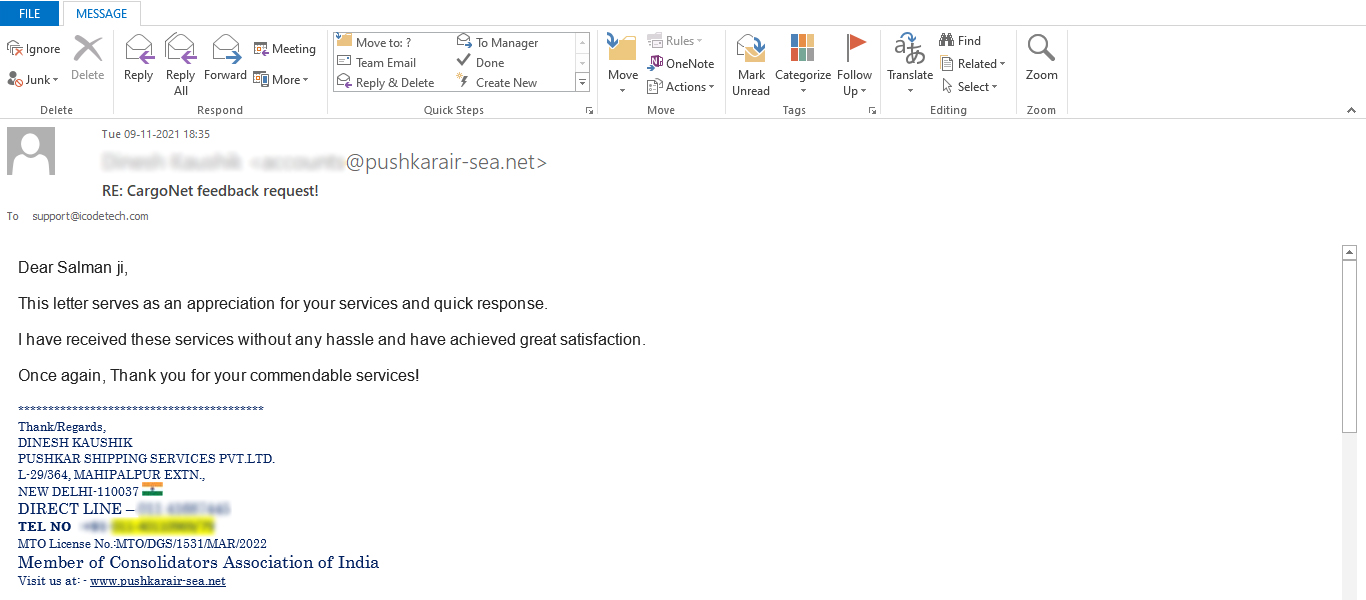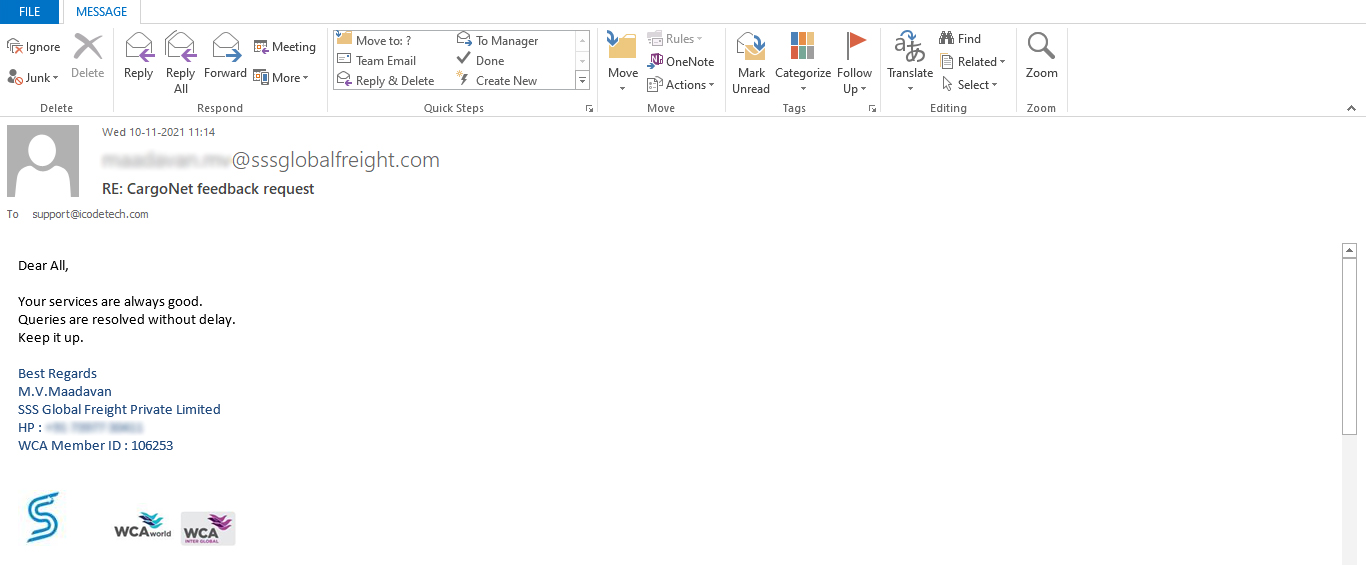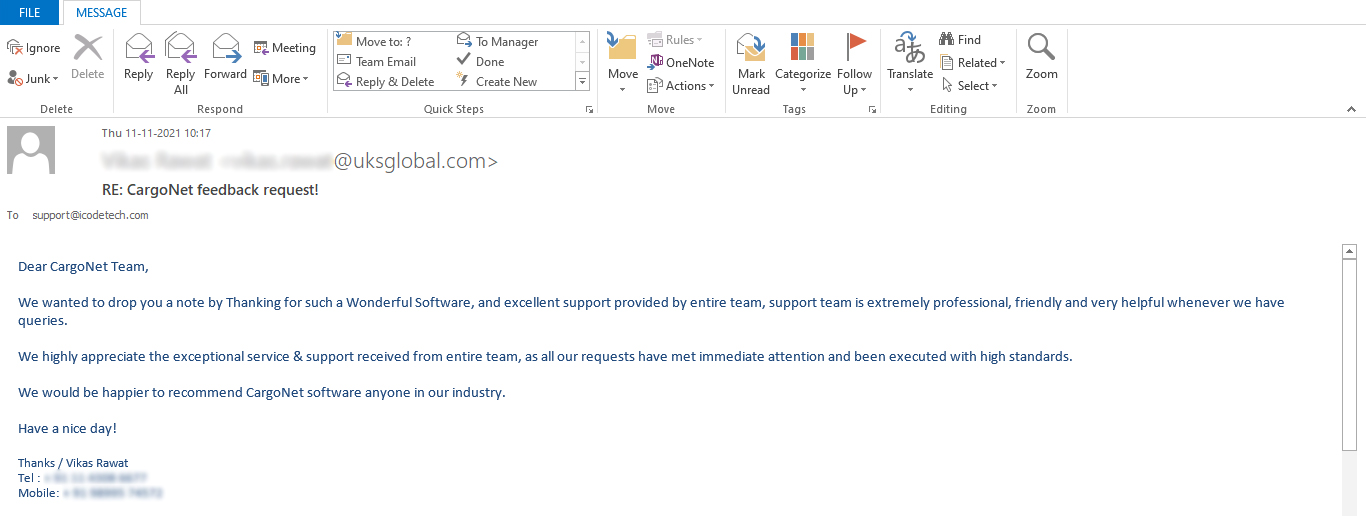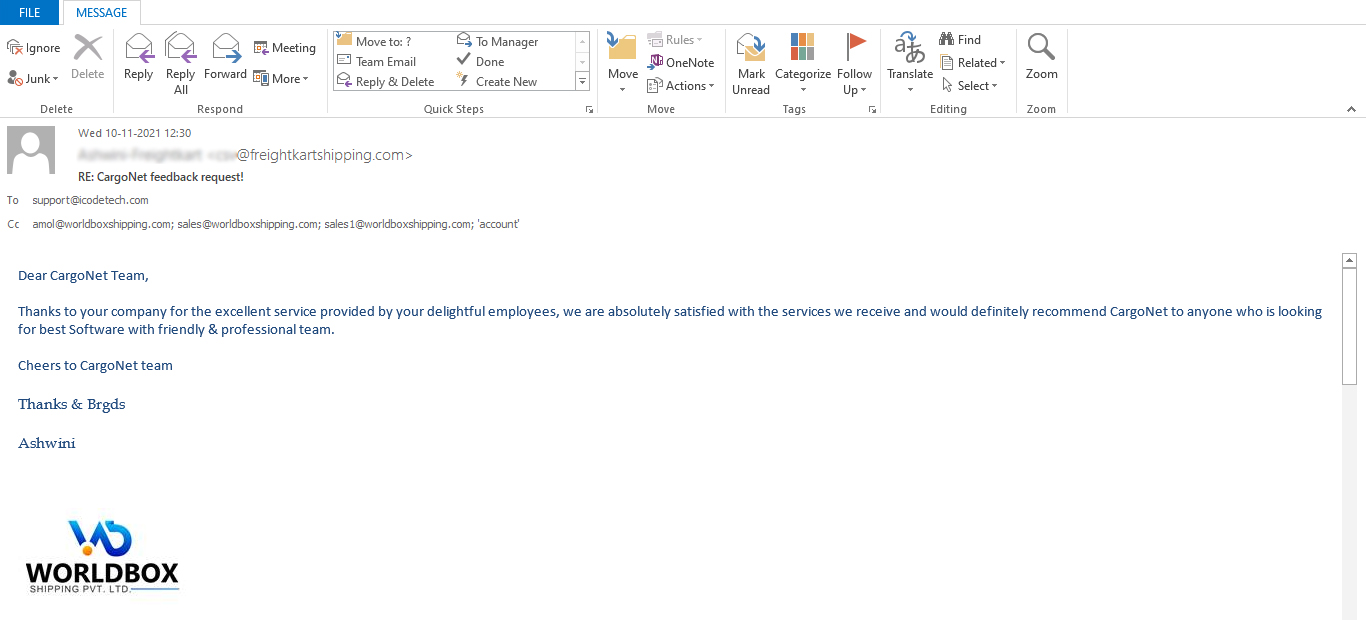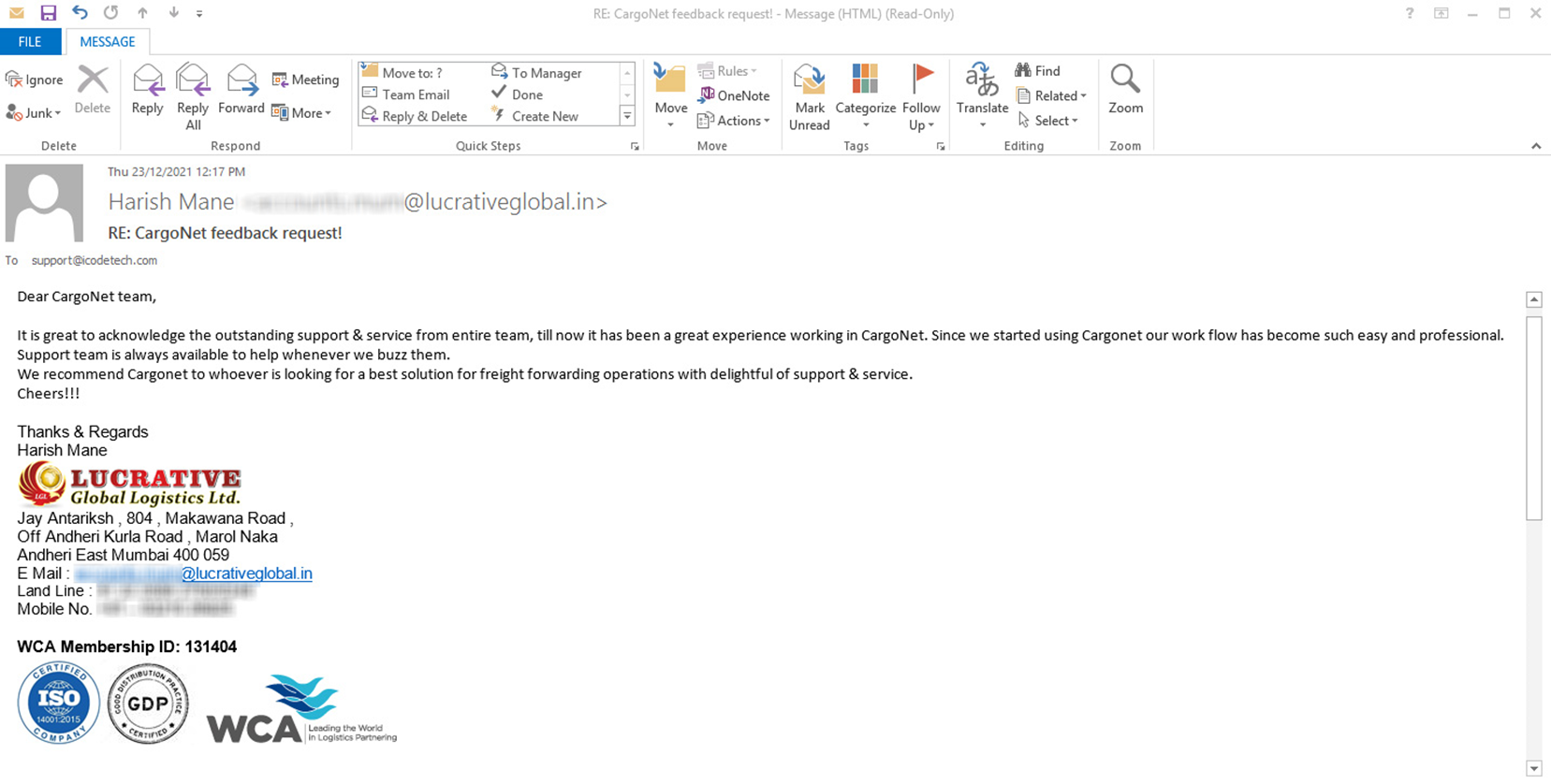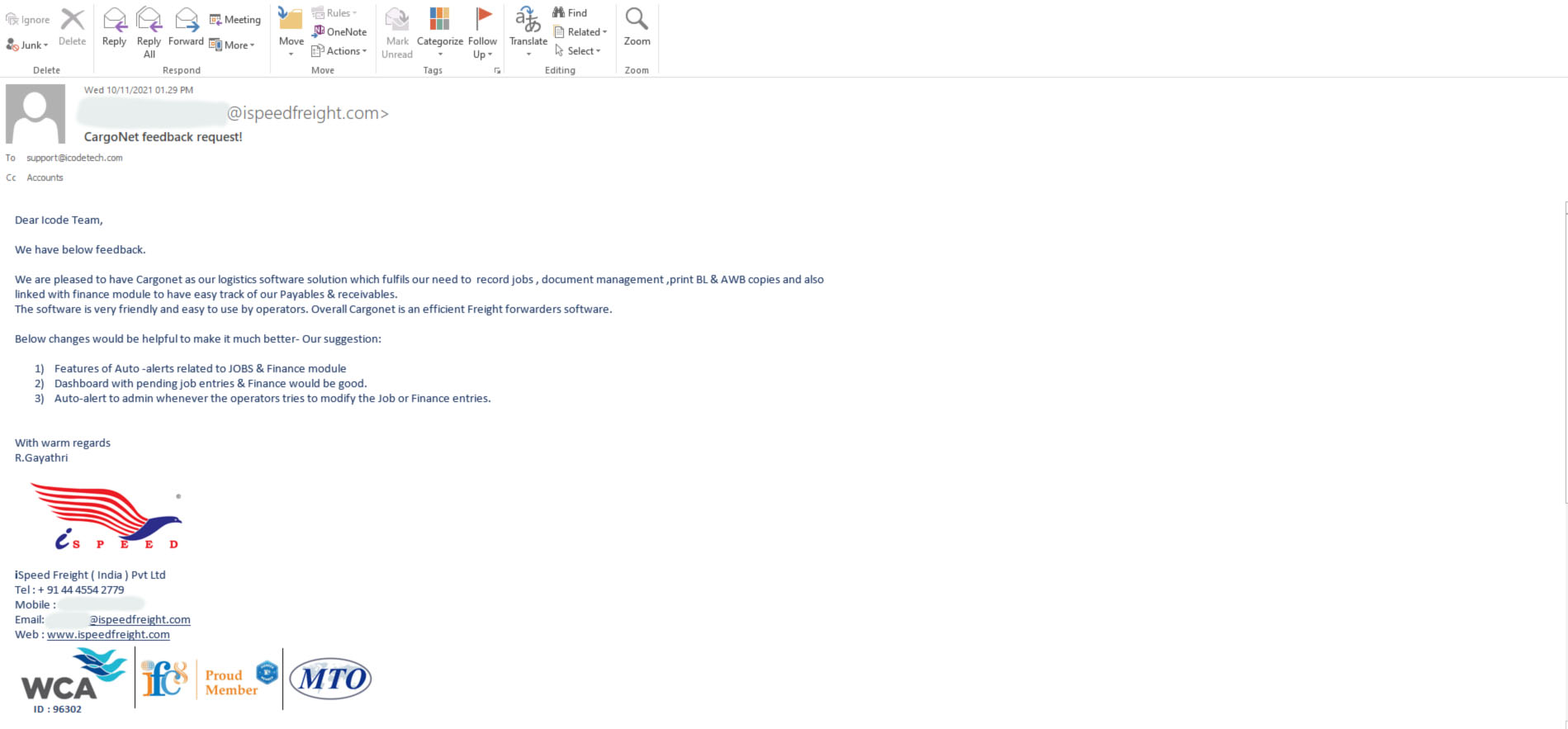Real-world tactics to scale faster, smarter, and with full visibility
Introduction: Growing a Freight Business in Today’s Market
Let’s face it—freight forwarding in 2025 is no longer just about moving cargo from point A to B. Customers expect instant quotes, 24/7 visibility, flexible modes of transport, and zero delays. On top of that, margins are tight, competition is global, and disruptions can happen anytime.
So how do successful freight forwarders grow in this landscape? They embrace technology, automate smartly, and focus on what really drives value—from customer experience to container-level profitability.
Here are 8 strategies you can start applying today to transform your freight forwarding business into a future-ready powerhouse.
1. Go Digital and Stay Competitive
Shippers are going online for everything—so should your business. Digital freight platforms allow you to manage quotes, bookings, tracking, and communication from one place.
Benefits:
- Instant quoting
- Online booking portals
- Real-time tracking
- API integrations with carriers and customers
Pro tip: Choose a platform that supports sea, air, road, and intermodal logistics for end-to-end coverage.
2. Automate Your Operations
Manual tasks slow you down and cost you money. Automate routine processes like job creation, invoice generation, and document sharing with a no-code workflow engine.
Automate this:
- Shipment creation
- Pre-invoice checks
- Auto-document sharing with agents & clients
The result? More time for high-value tasks, fewer errors, and faster turnaround.
3. Expand Through Agent Networks
If you want global reach, you need reliable local partners. But it’s not just about building a list—it’s about using tech to empower them.
How to scale smart:
- Offer white-label tools for agents
- Share rates & SOPs
- Track performance via a shared dashboard
Agents become an extension of your brand—when equipped right.
4. Offer Multimodal, Door-to-Door Services
Today’s customers want simplicity: one partner who can move cargo across oceans, borders, and cities.
Bundle services like:
- Freight + customs + warehousing
- Insurance + local transport
- End-to-end tracking under one invoice
Bonus: You earn more per shipment and increase customer stickiness.
5. Deliver a First-Class Customer Experience
In logistics, service matters as much as speed. Clients stay longer when they feel supported.
What they expect:
- Online self-service portals
- Live shipment updates via email or WhatsApp
- Fast access to documents
- Dedicated account managers
Happy clients = recurring business + referrals.
6. Use AI for Pricing & Forecasting
Markets fluctuate fast. AI-powered pricing helps you respond in real-time without compromising your margins.
With AI, you can:
- Predict rate trends
- Set margin thresholds
- Auto-generate profitable quotes for your team
Smarter pricing = better win rates + protected profitability.
7. Monitor Profitability at Job & Container Level
Not all shipments are profitable. Without visibility, you may be losing money on your biggest customers.
What to track:
- Container-level cost vs. revenue
- Agent commissions
- Real-time profit alerts
Insight = control. Start saying “yes” to profitable jobs and “no” to margin drains.
8. Build Trust Through Compliance & Sustainability
Shippers are choosing partners who are compliant, secure, and sustainable.
Showcase your credibility:
- ISO, AEO, and CTPAT certifications
- ESG initiatives and carbon tracking
- Data privacy and fraud prevention policies
Trust builds long-term contracts.
Summary: Freight Forwarding Growth Checklist
Strategy
Why It Works
Go digital
Faster quotes, better visibility
Automate workflows
Save time, reduce errors
Build agent network
Global reach with local knowledge
Multimodal logistics
More value, more revenue
Enhance CX
Boost loyalty and referrals
Use AI for pricing
Win more deals, protect margins
Track job profitability
Make smart, profitable decisions
Prioritize compliance & ESG
Win enterprise and global contracts
FAQs
Start with automation and digital customer experience—these unlock time, trust, and bookings.
Yes. Automating repetitive tasks and using AI for quoting lets you scale without expanding your team.
Use tools that track container-level profitability and alert you on underperforming shipments.
Ready to Scale Your Freight Forwarding Business?
If you’re serious about growing your logistics business, it’s time to move beyond manual processes and disconnected systems.
CargoNet helps modern freight forwarders:
- Automate workflows without writing code
- Manage agent networks across countries
- Track container-level profitability
- Deliver seamless customer experiences
- Deploy in cloud, hybrid, or on-premise environments
Want to see it in action?
Book a free demo with CargoNet today and discover how top forwarders are growing faster, smarter, and with total control.


